More than 200,000 Toyota 4Runners are sold in the U.S. every year, according to GoodCarBadCar’s 2023 sales data. The 4Runner is popular because it’s rugged, reliable, and built for adventure.
But one part that often gets overlooked is the front bumper. Whether you’re off-roading in Colorado, commuting through Houston, or towing in Arizona, the right front bumper can change your driving experience.
This guide walks you through the most important things to know before upgrading your Toyota 4Runner front bumper.

Safety and Protection
Your front bumper isn’t just cosmetic. It protects your grille, radiator, and suspension in low-speed collisions and trail scrapes. Stock bumpers are lightweight and designed mostly for city driving.
Aftermarket bumpers use reinforced steel or aluminum, which can reduce damage in front-end accidents. The National Safety Council reports that front-end collisions account for nearly 54 percent of vehicle crashes nationwide. Upgrading your bumper adds another layer of security.
Off-Road Capability
The 4Runner is built for trails, but factory bumpers can limit clearance and approach angles. A well-designed aftermarket bumper allows better ground clearance, stronger recovery points, and space for a winch.
In areas like Moab, Utah or the Palo Duro Canyon trails in Texas, a stronger bumper often makes the difference between getting stuck or finishing your run.
Towing and Recovery
If you tow or haul gear, the right front bumper helps. Many aftermarket Toyota 4Runner front bumpers are engineered with recovery hooks, shackles, and winch plates.
This gives you real pulling power without relying on stock tow points that can bend or fail. For off-road drivers, this isn’t optional—it’s a must-have.
Materials and Finish
Most 4Runner front bumpers are built from steel or aluminum. Steel is heavier but extremely strong, while aluminum offers lighter weight with good corrosion resistance.
Powder coating adds protection against rust, especially important in states that use road salt. A 2021 AAA study found corrosion damage costs U.S. drivers over $3 billion a year. Choosing a bumper with a durable finish helps avoid that expense.
Style and Accessories
A front bumper also defines the look of your 4Runner. Low-profile bumpers are sleek and practical, while full grille guards provide maximum coverage.
Many aftermarket bumpers let you add LED lights, bull bars, and skid plates. It’s about matching your build to your lifestyle—daily driver, weekend adventurer, or trail rig.
Cost and Value
The price of a Toyota 4Runner front bumper can range from $800 to $2,500 depending on materials and features. Labor adds another $300–$700 if you’re not installing it yourself. While that’s an investment, it’s often cheaper than repeated repairs from trail damage or collision impacts.
Final Thoughts
The Toyota 4Runner is already capable, but the right front bumper expands what you can do with it. From added protection to trail performance, an upgrade pays off in both safety and function.
If you’re ready to upgrade, reach out to Lil B’s Fabrication. Our team specializes in custom fabrication and can help you find the best fit. Just like in international staffing, it’s about pairing the right solution with your specific needs.

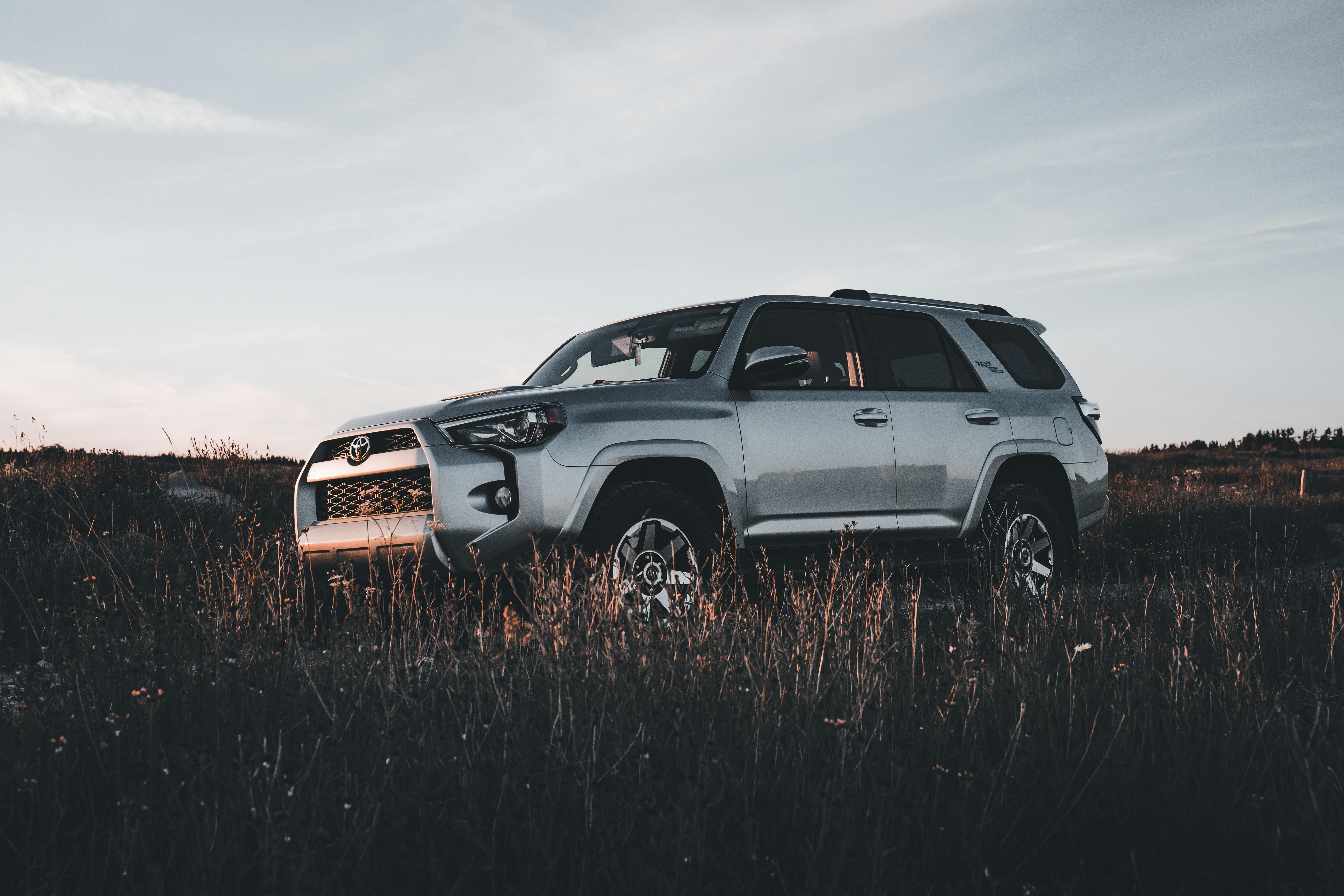
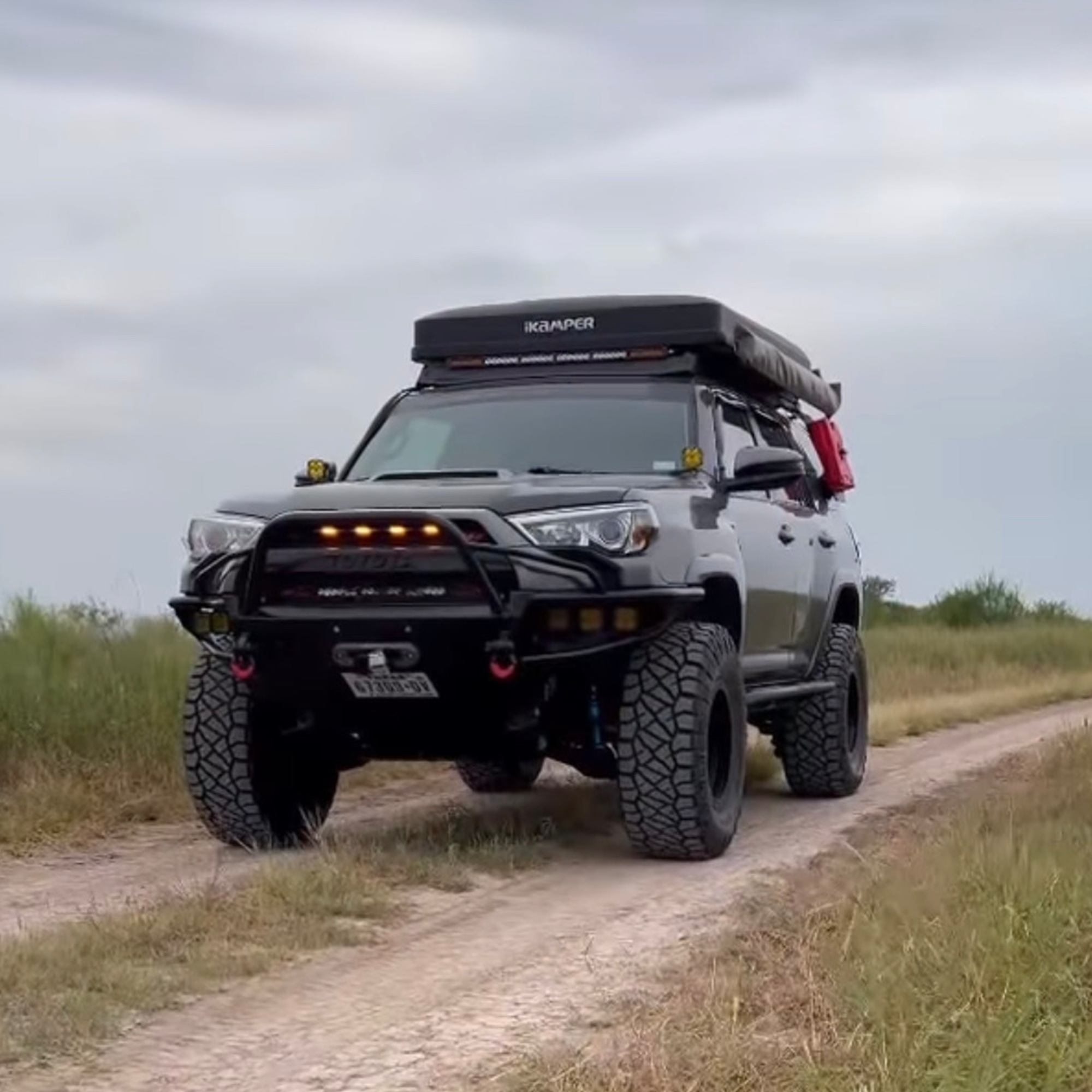
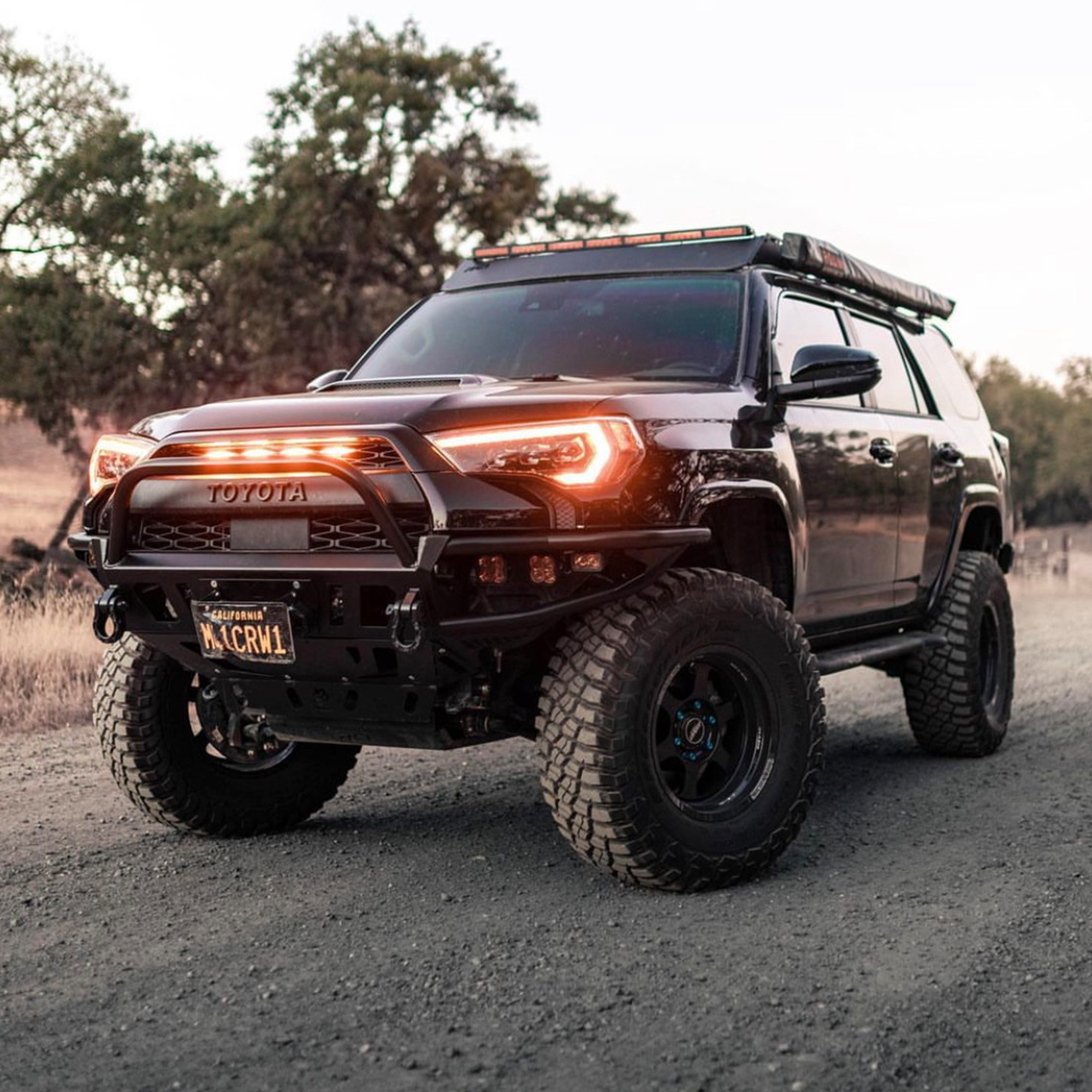
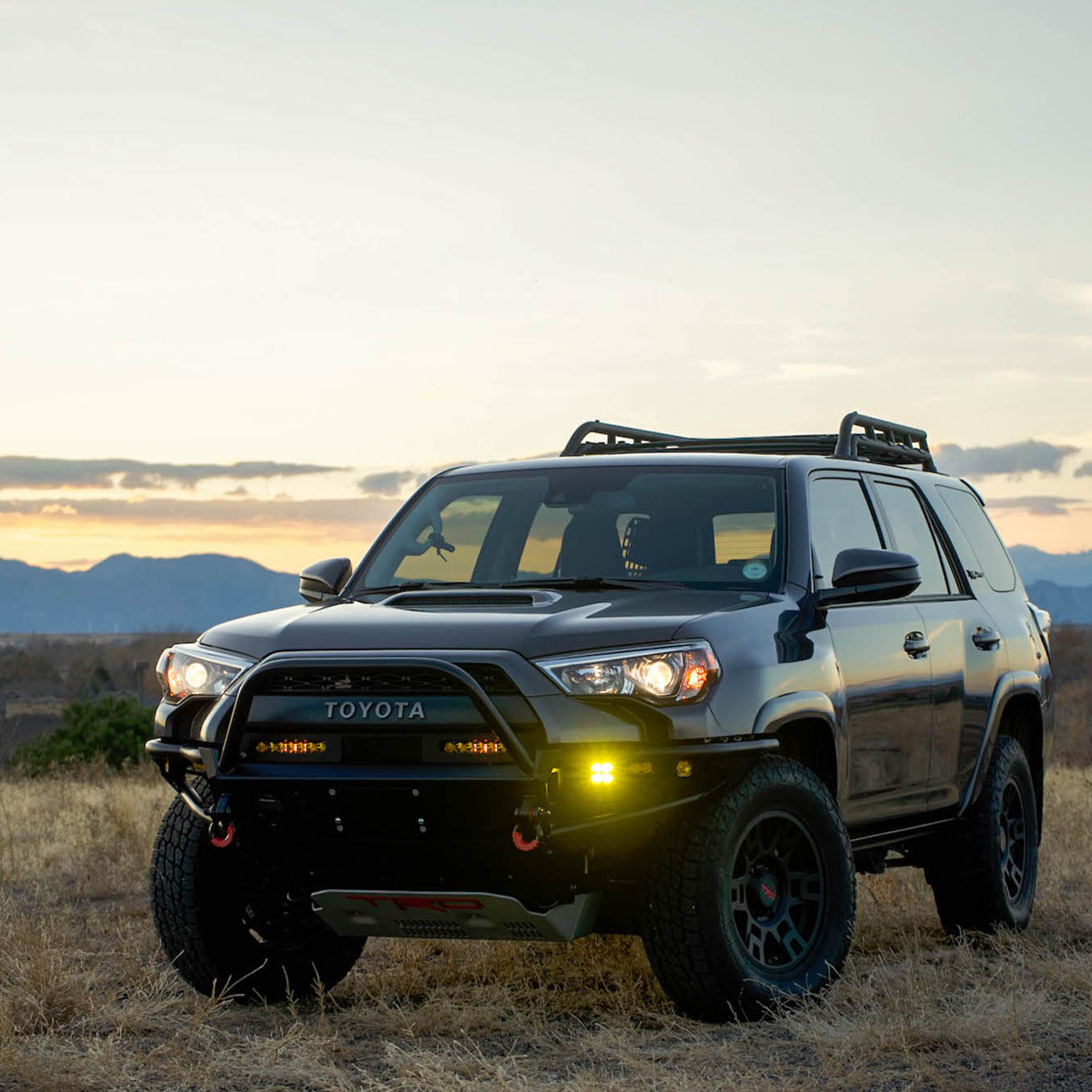
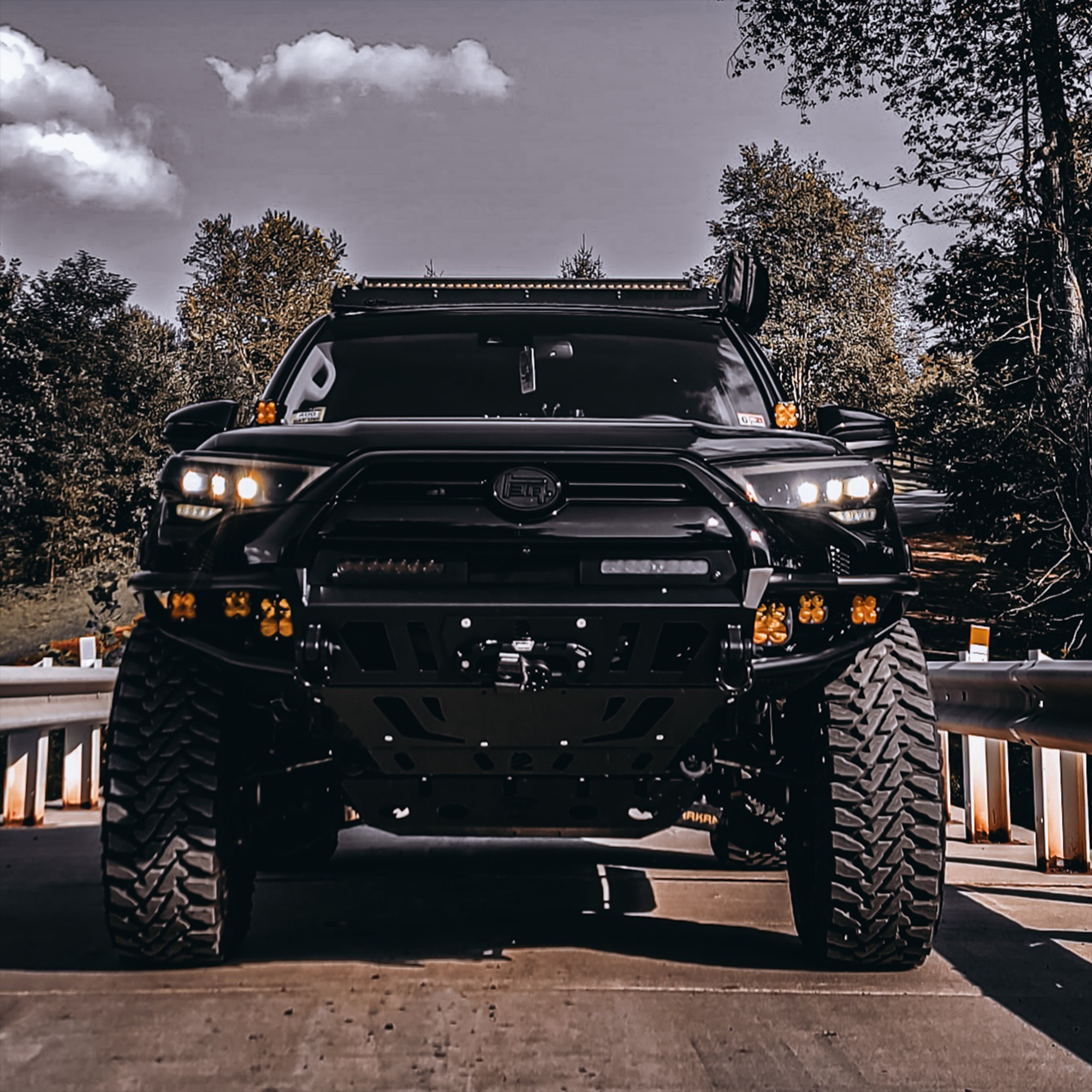
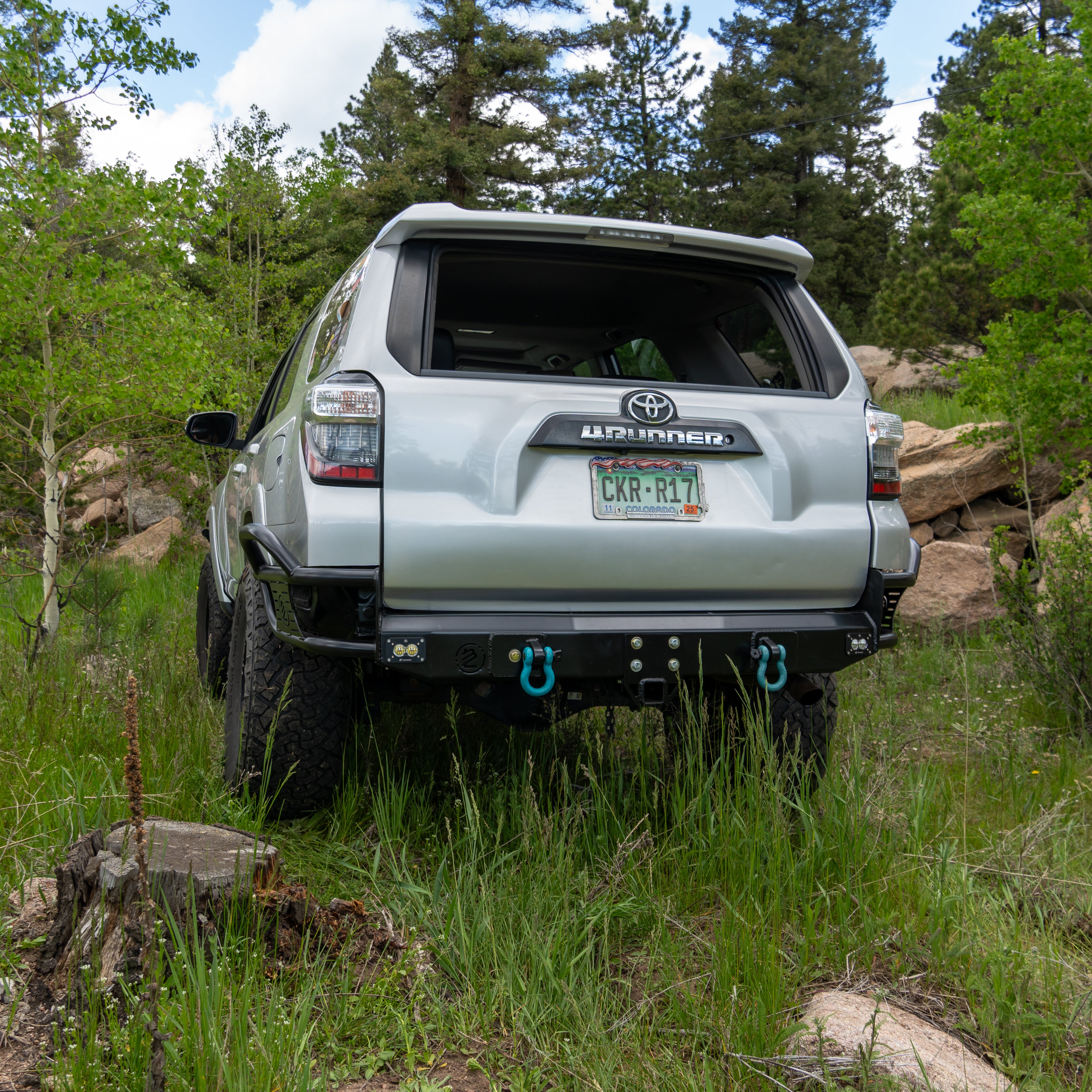
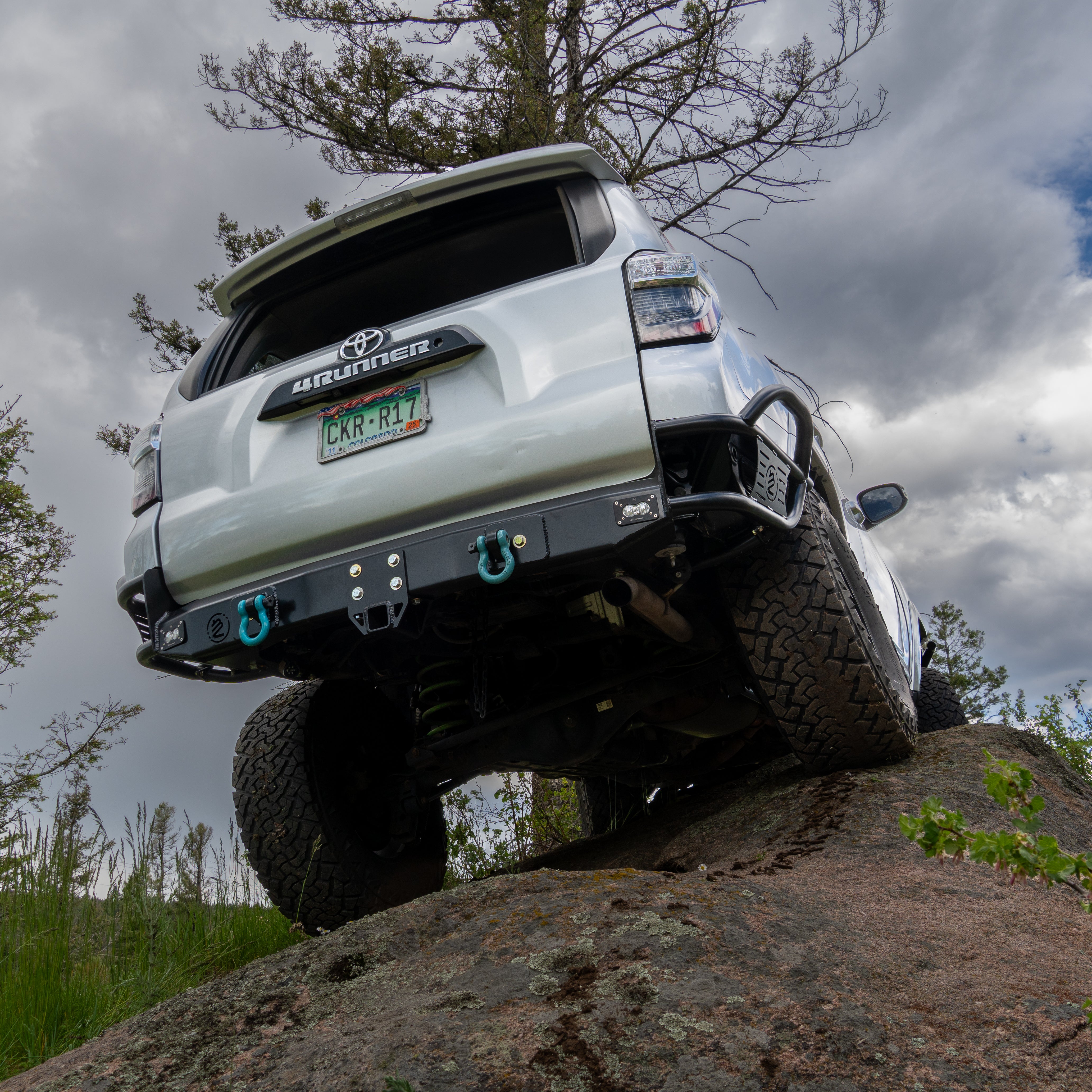
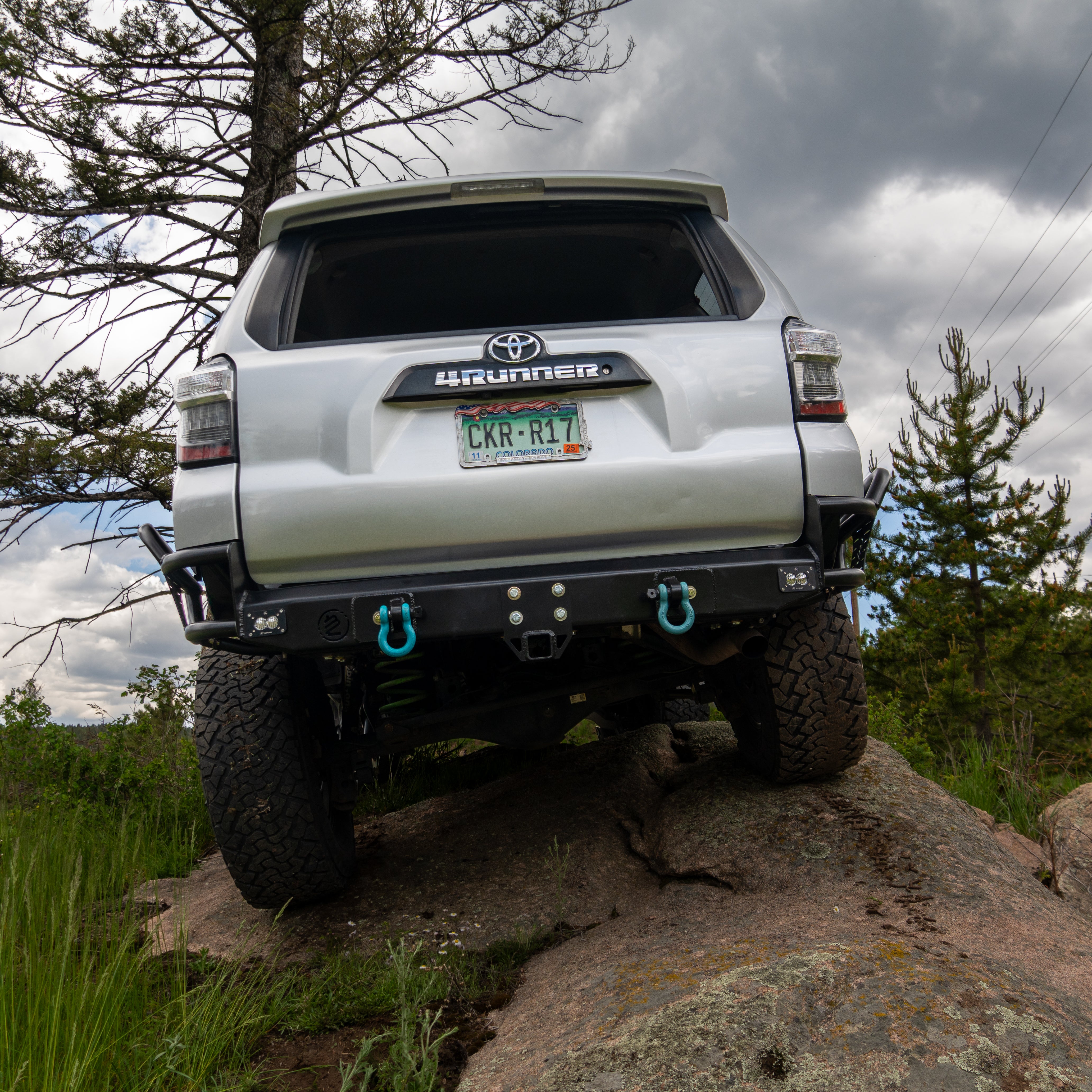
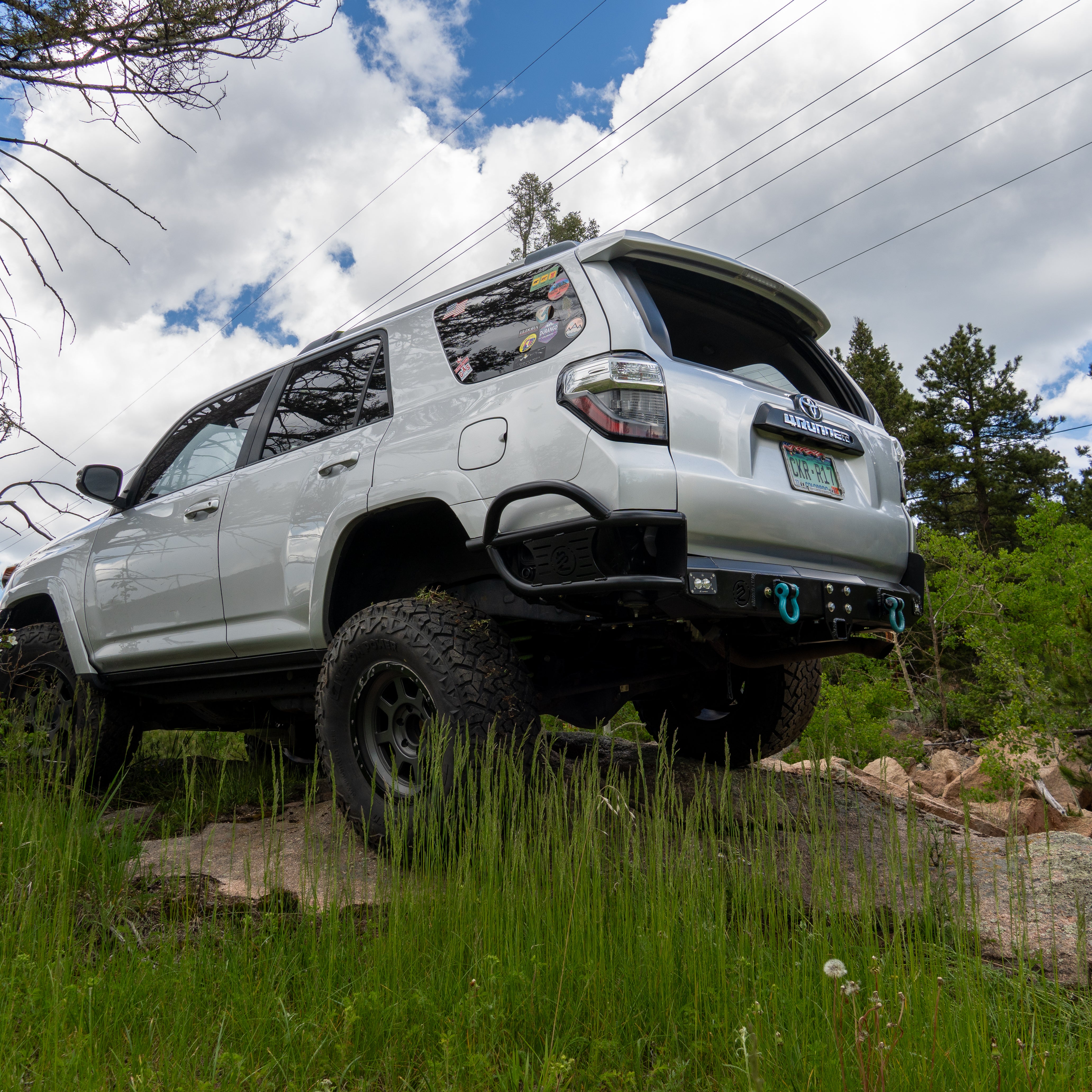
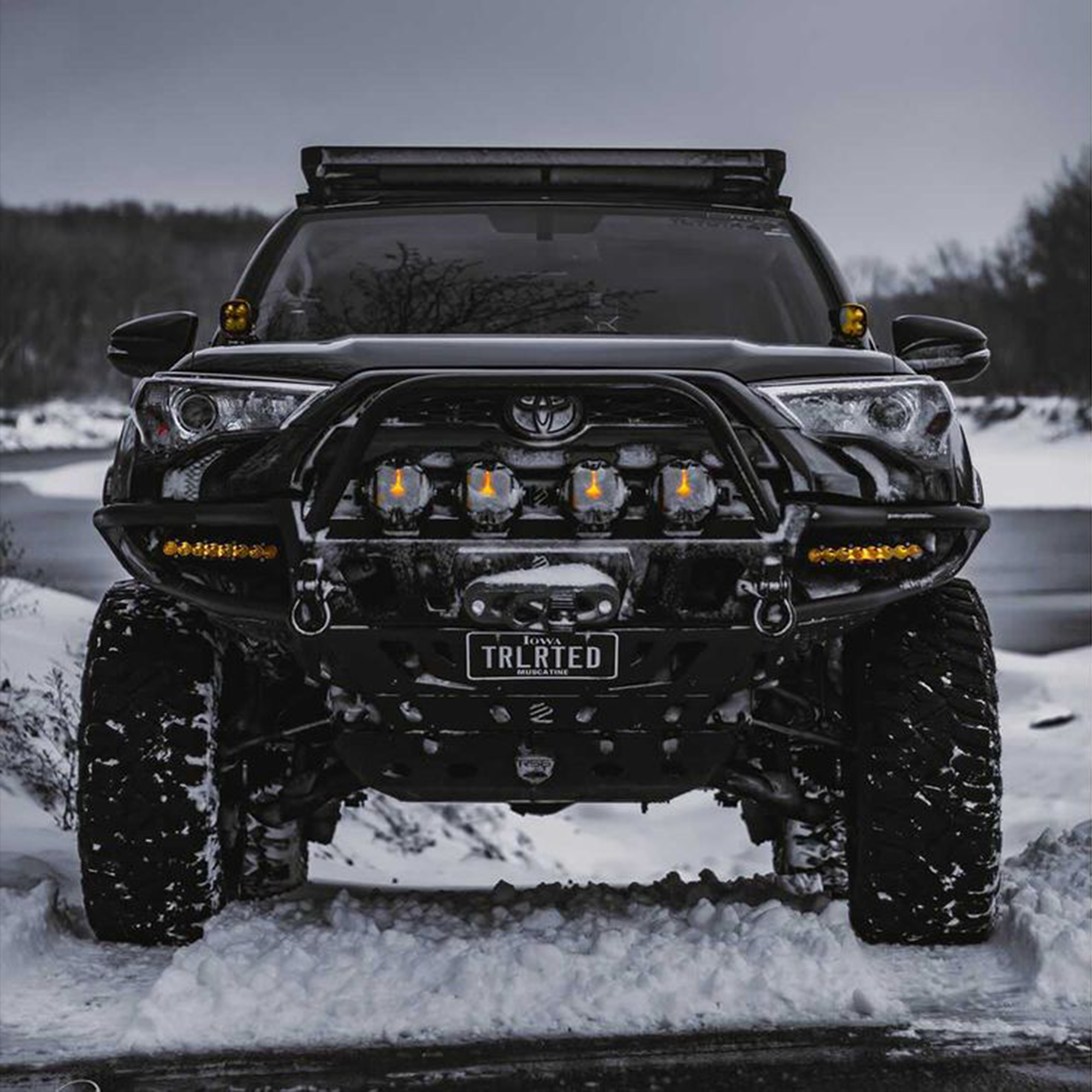
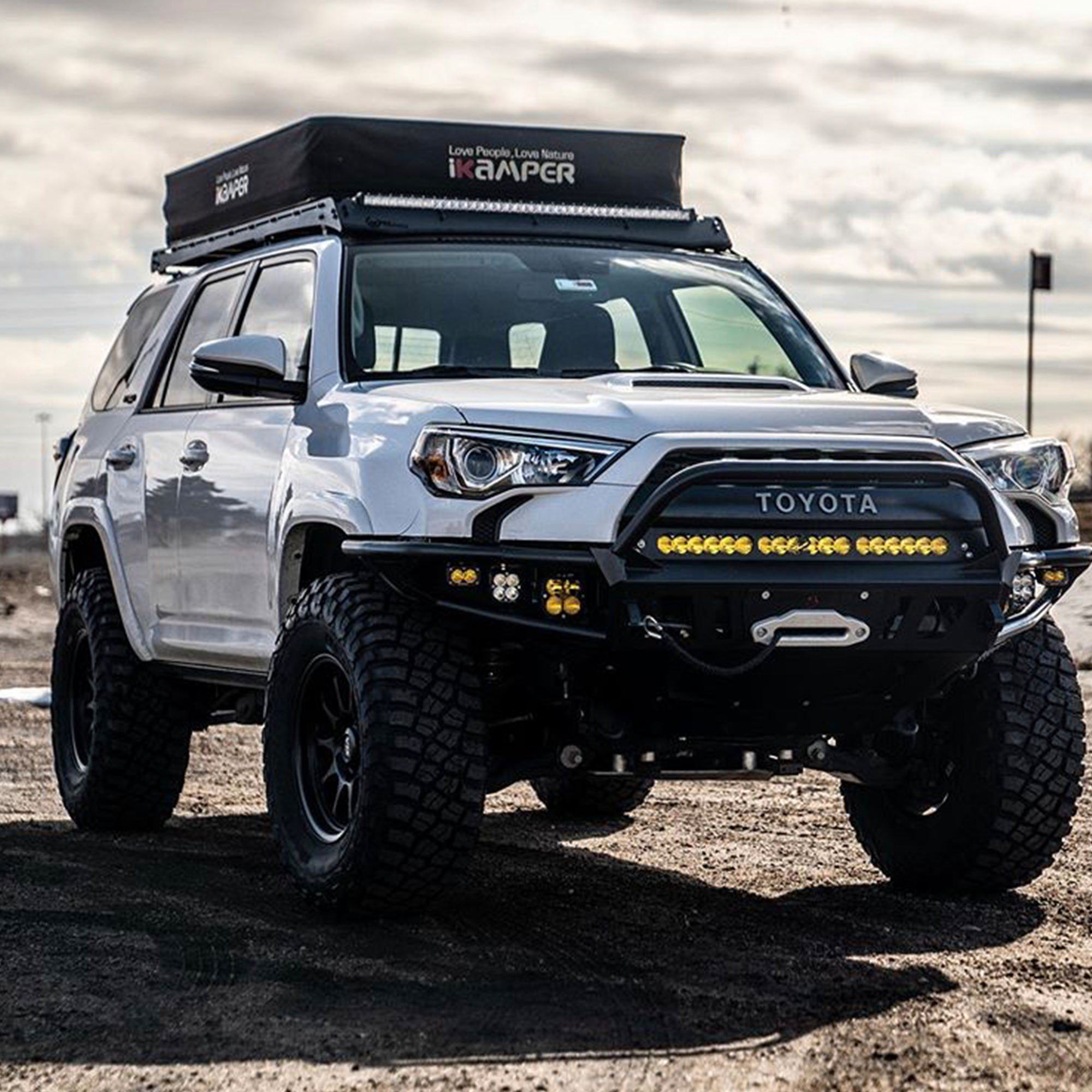
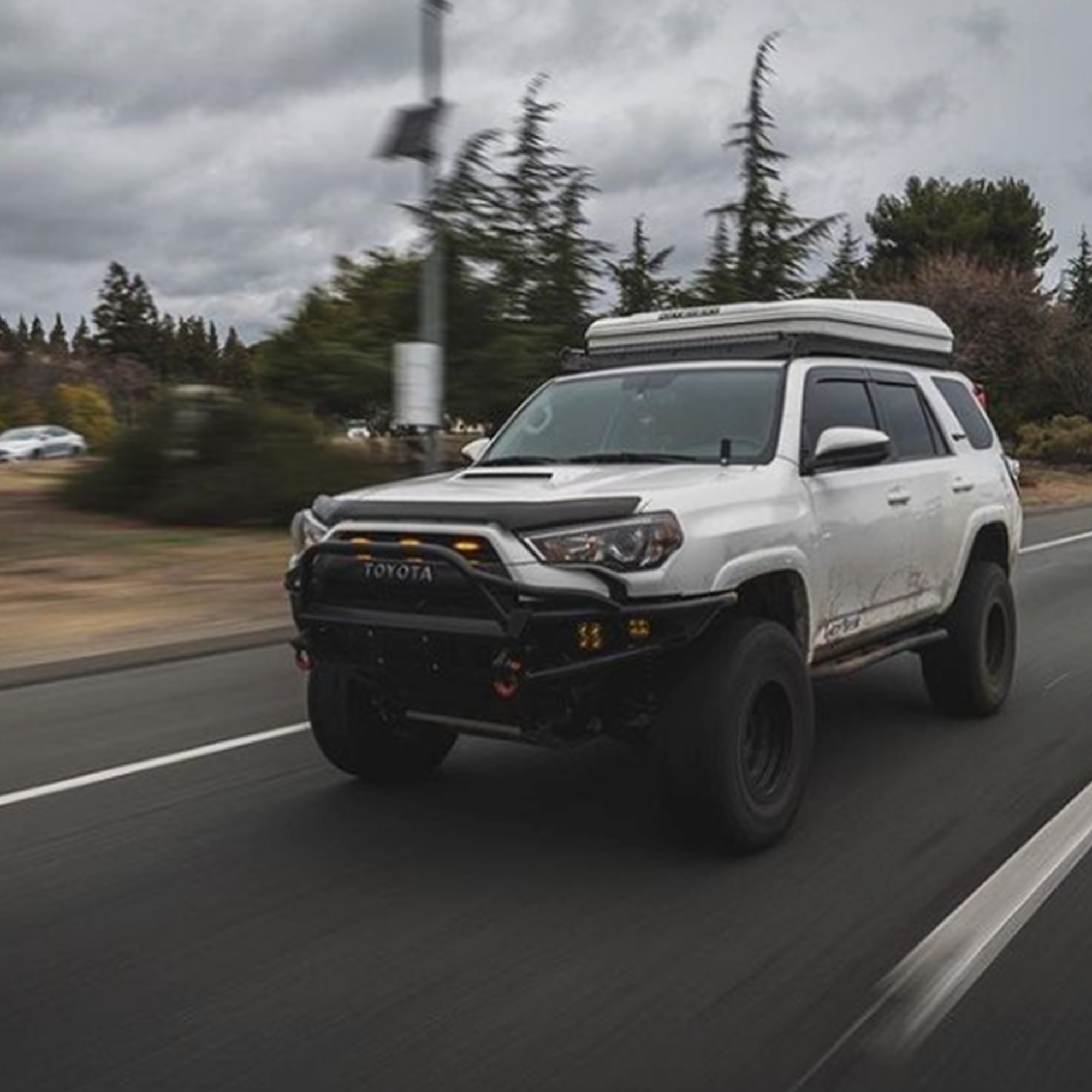
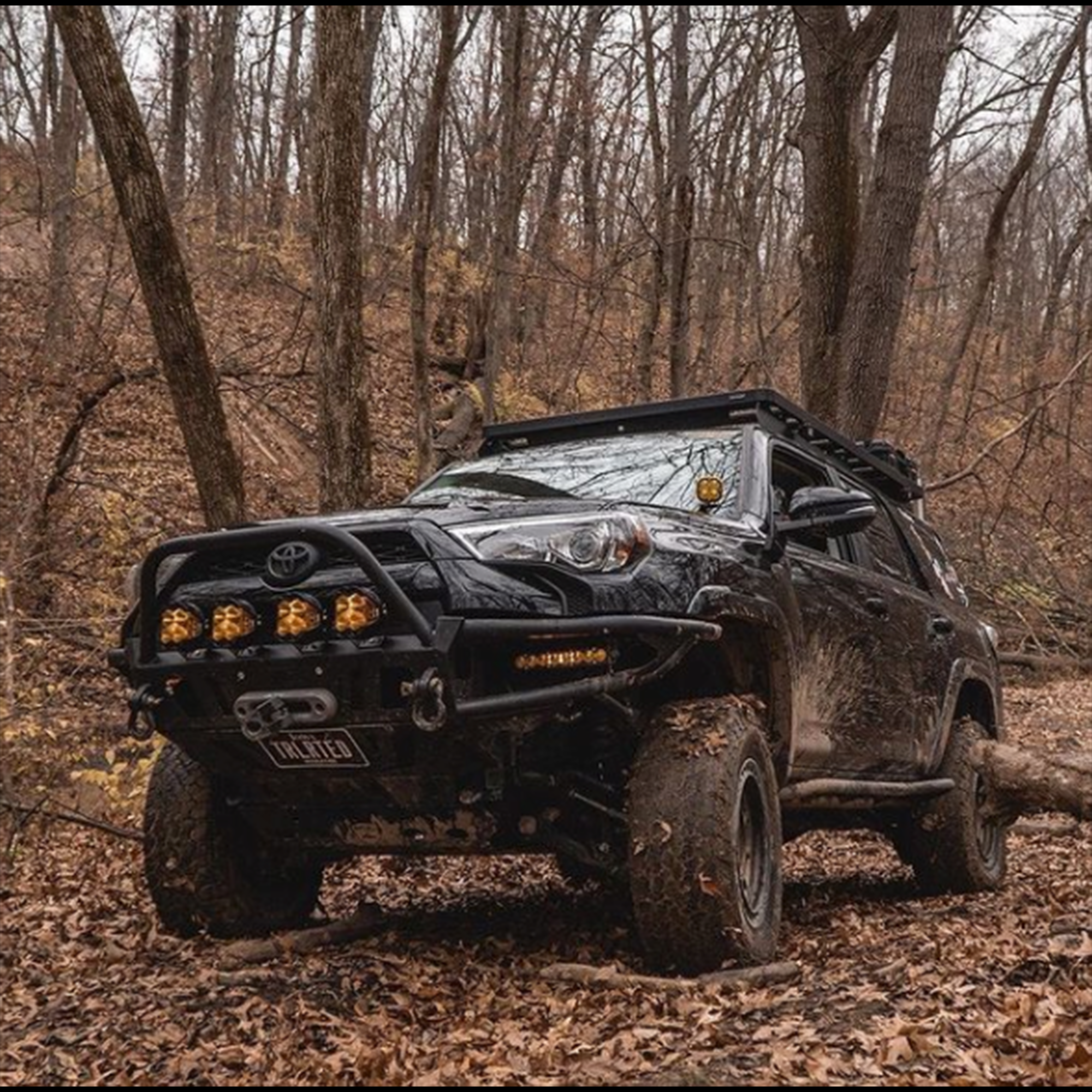
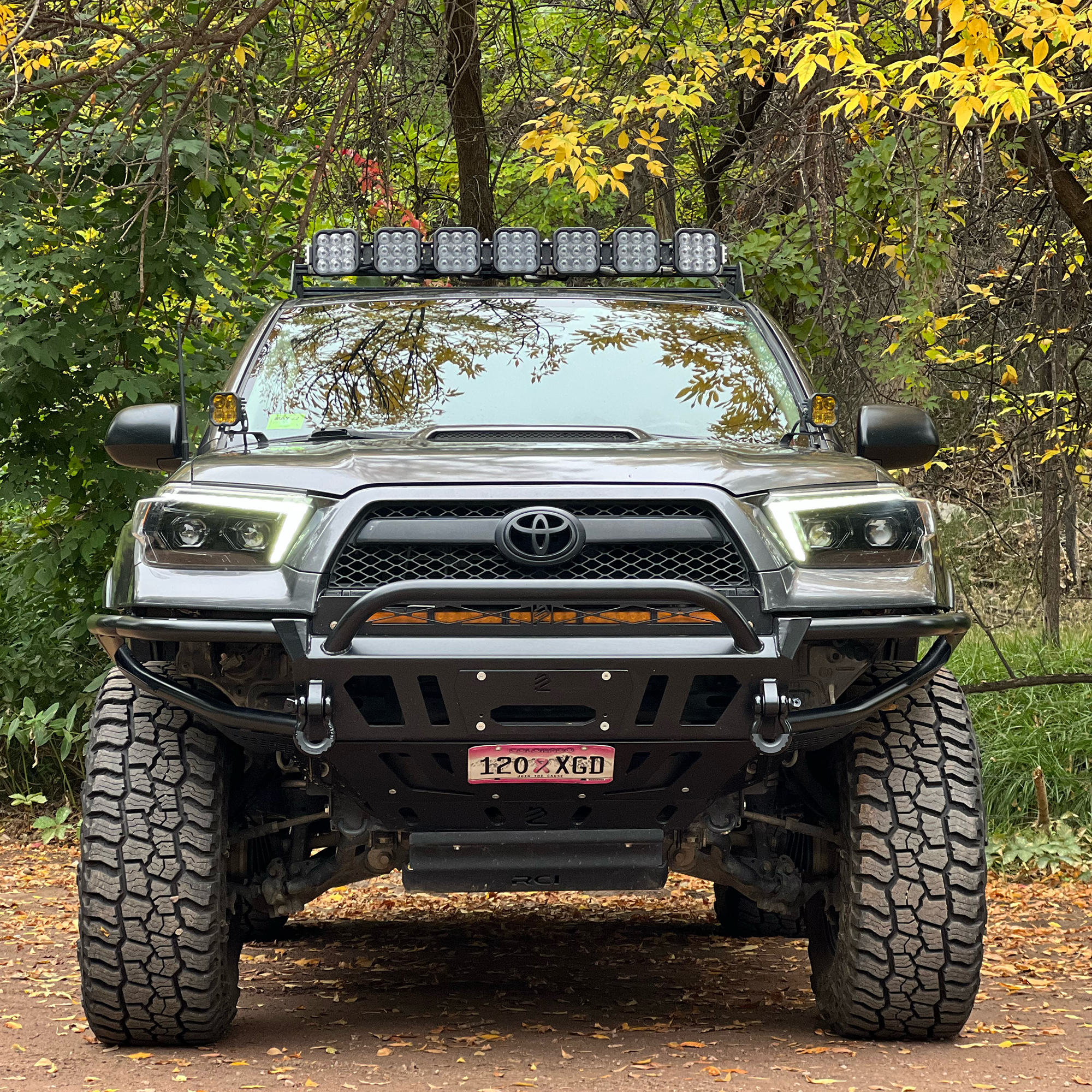
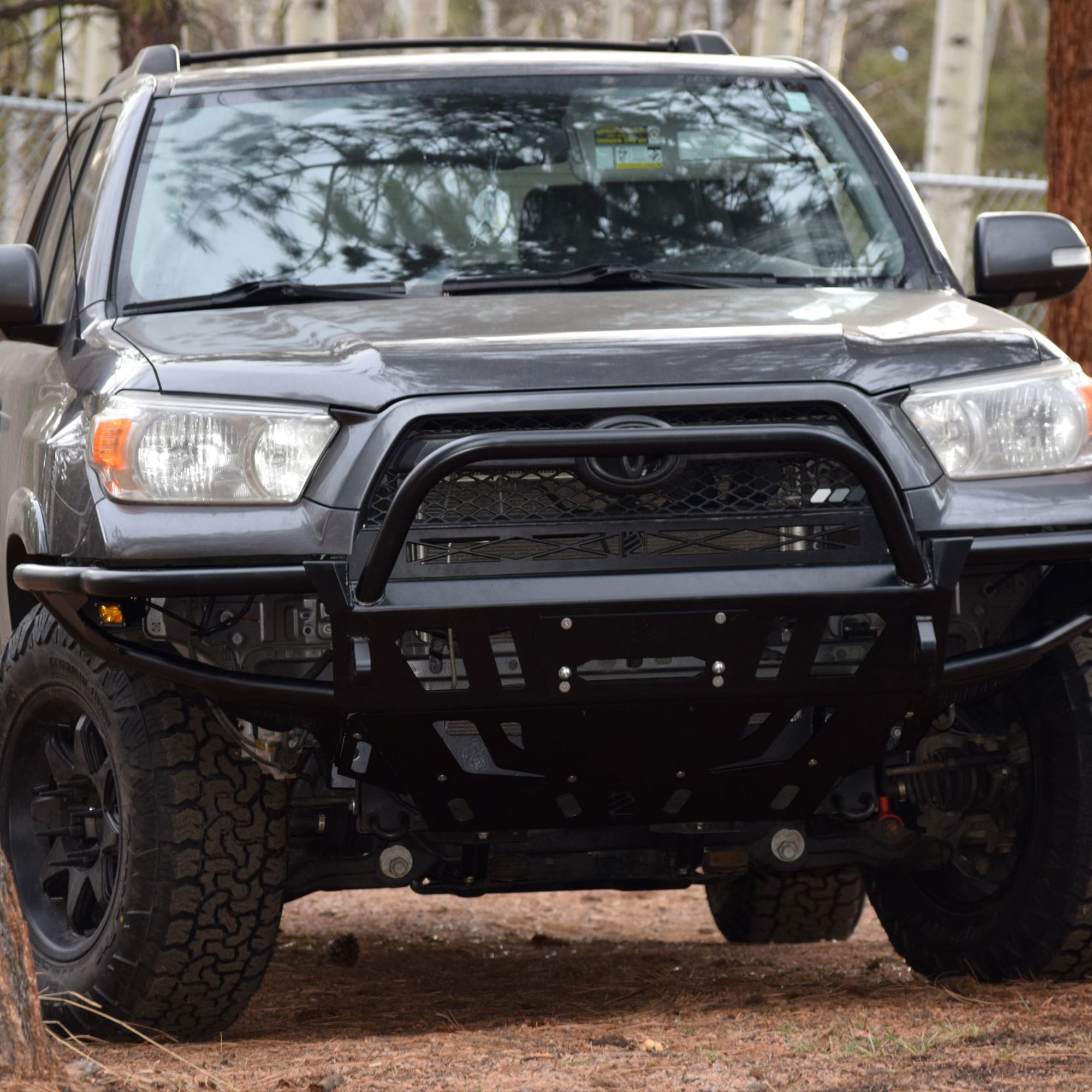
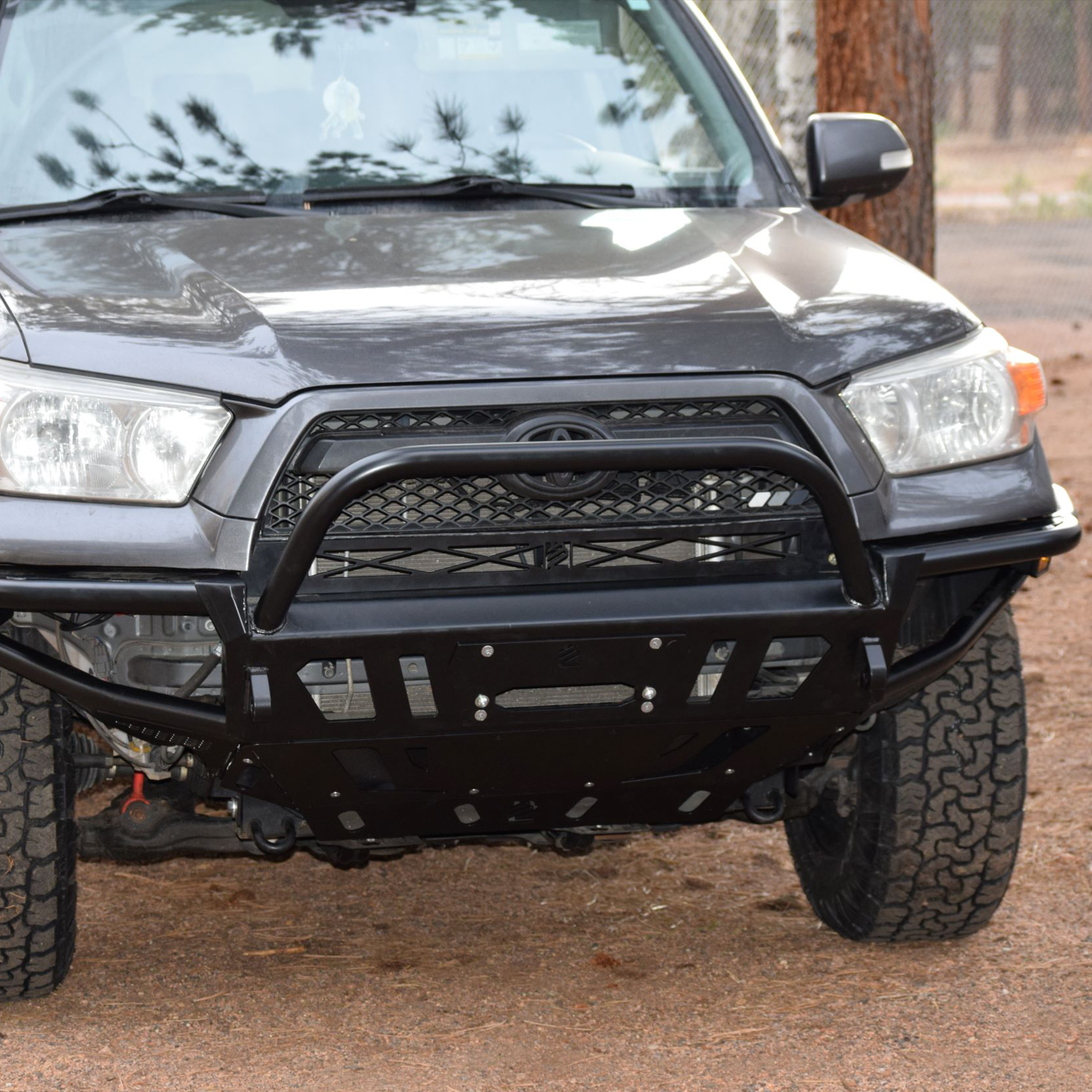
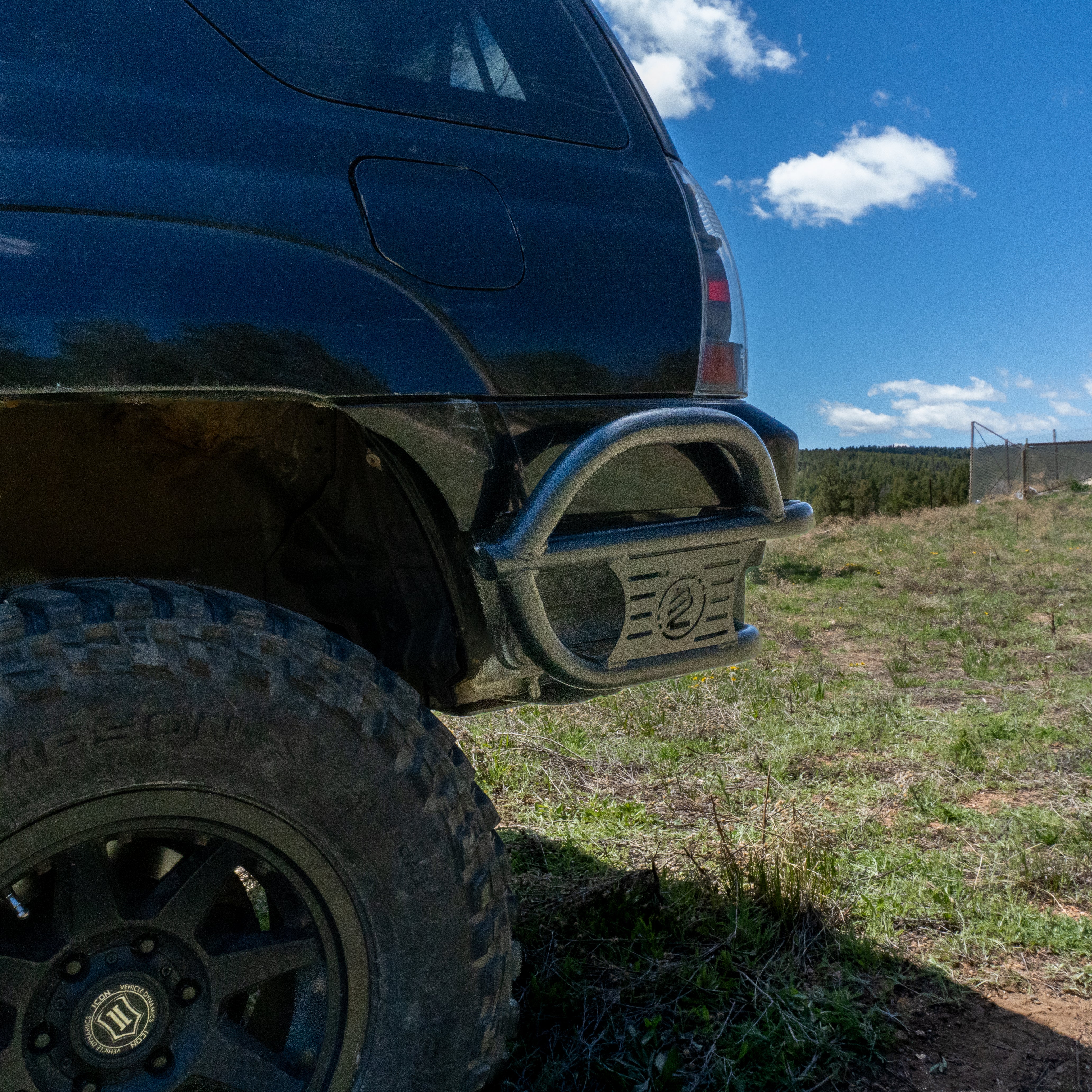
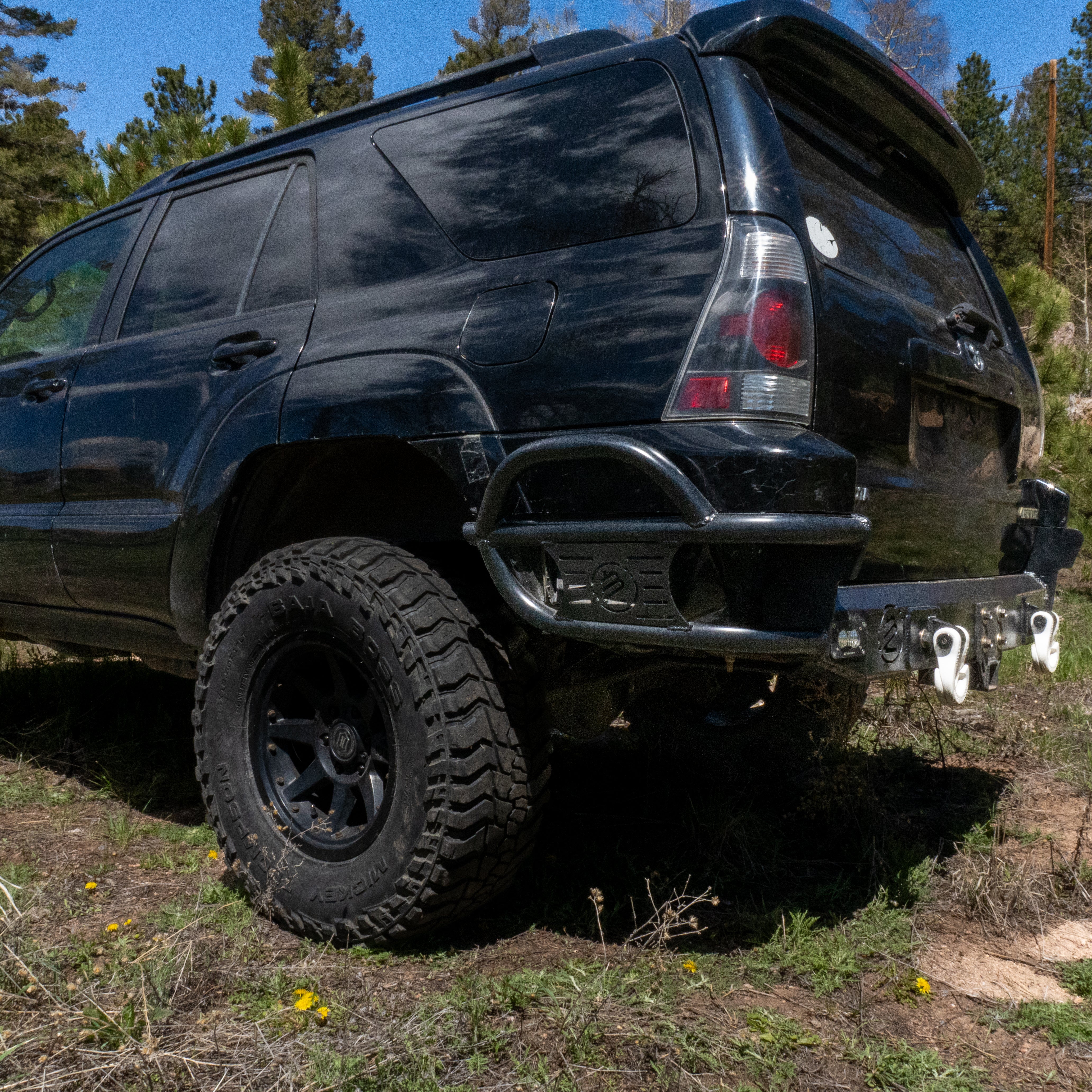
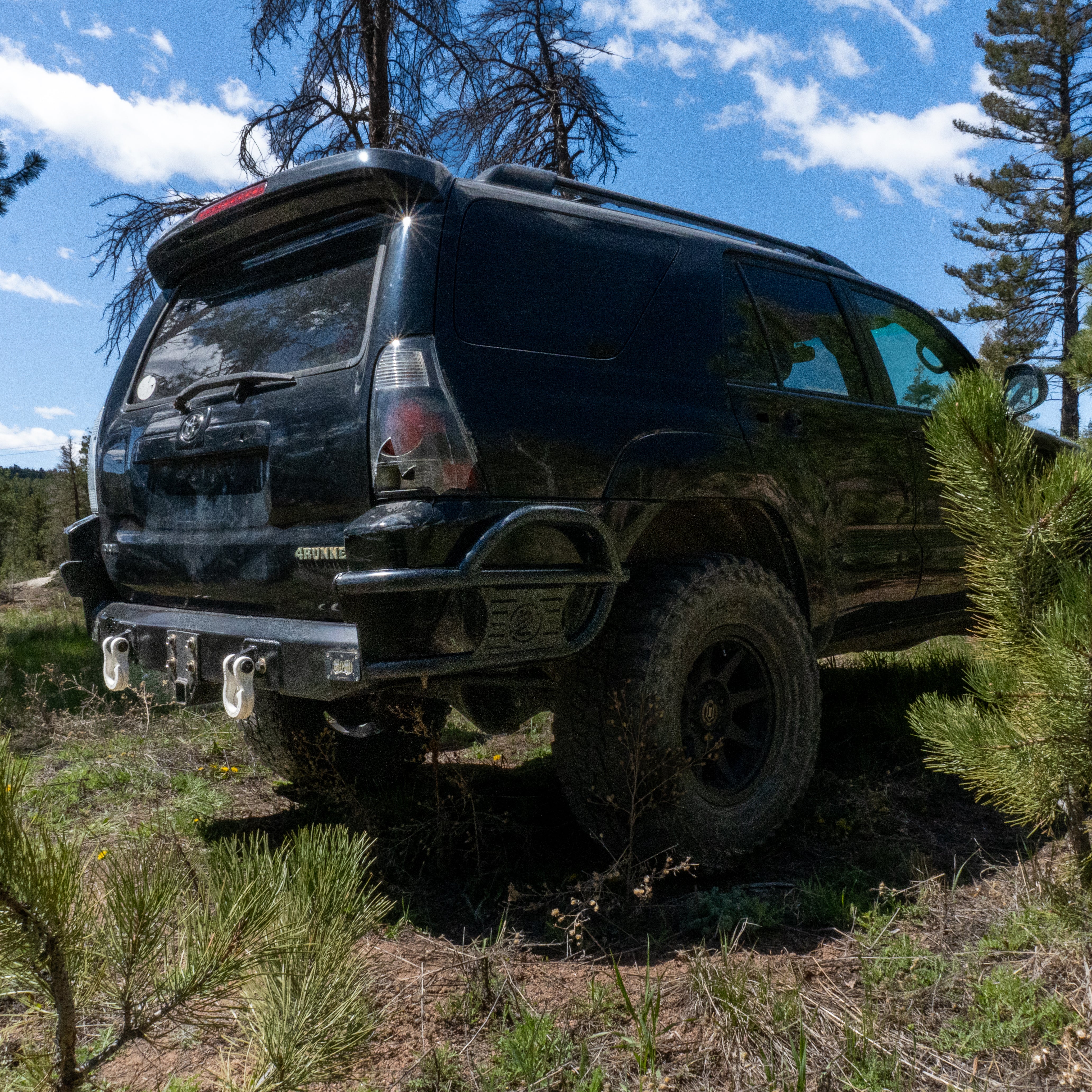
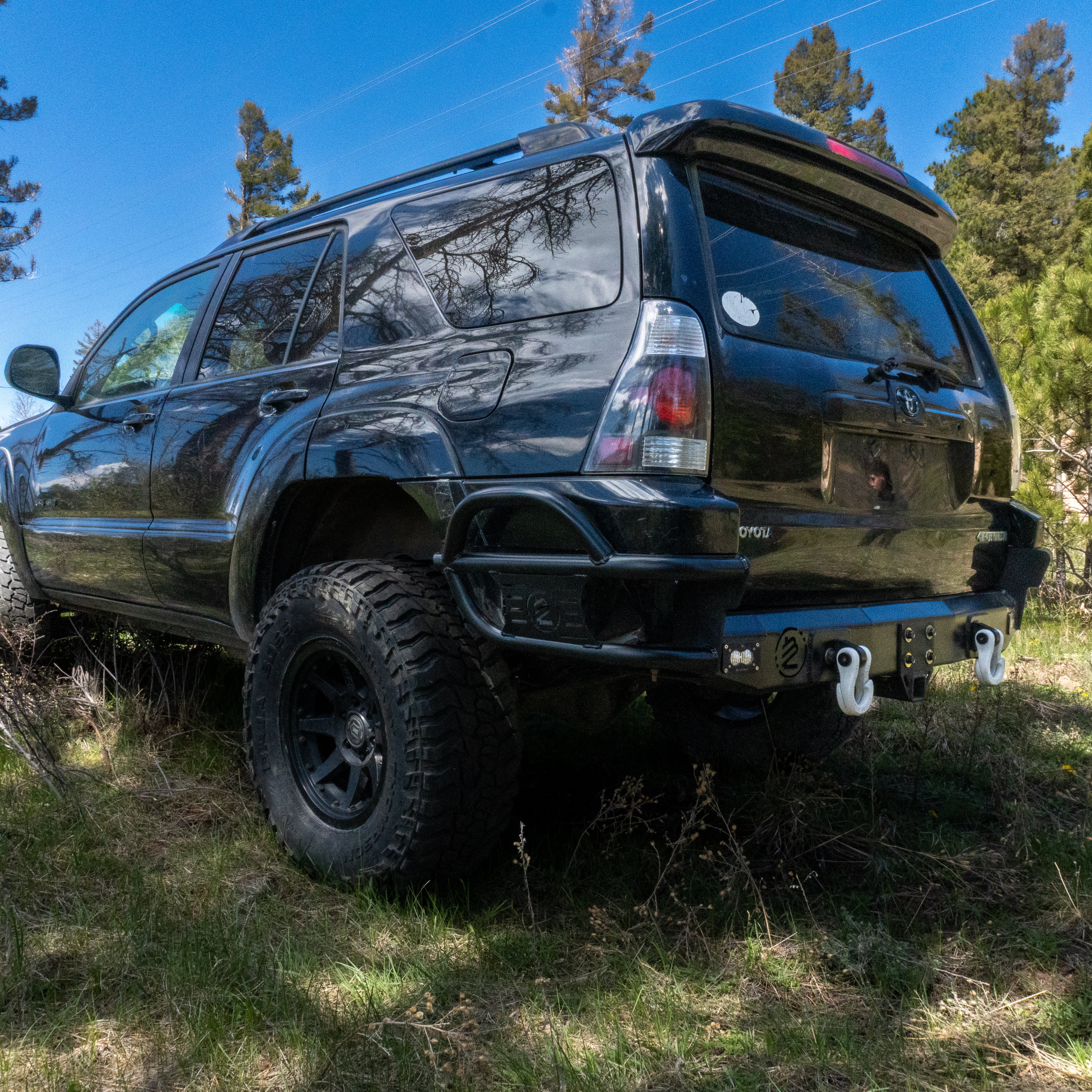
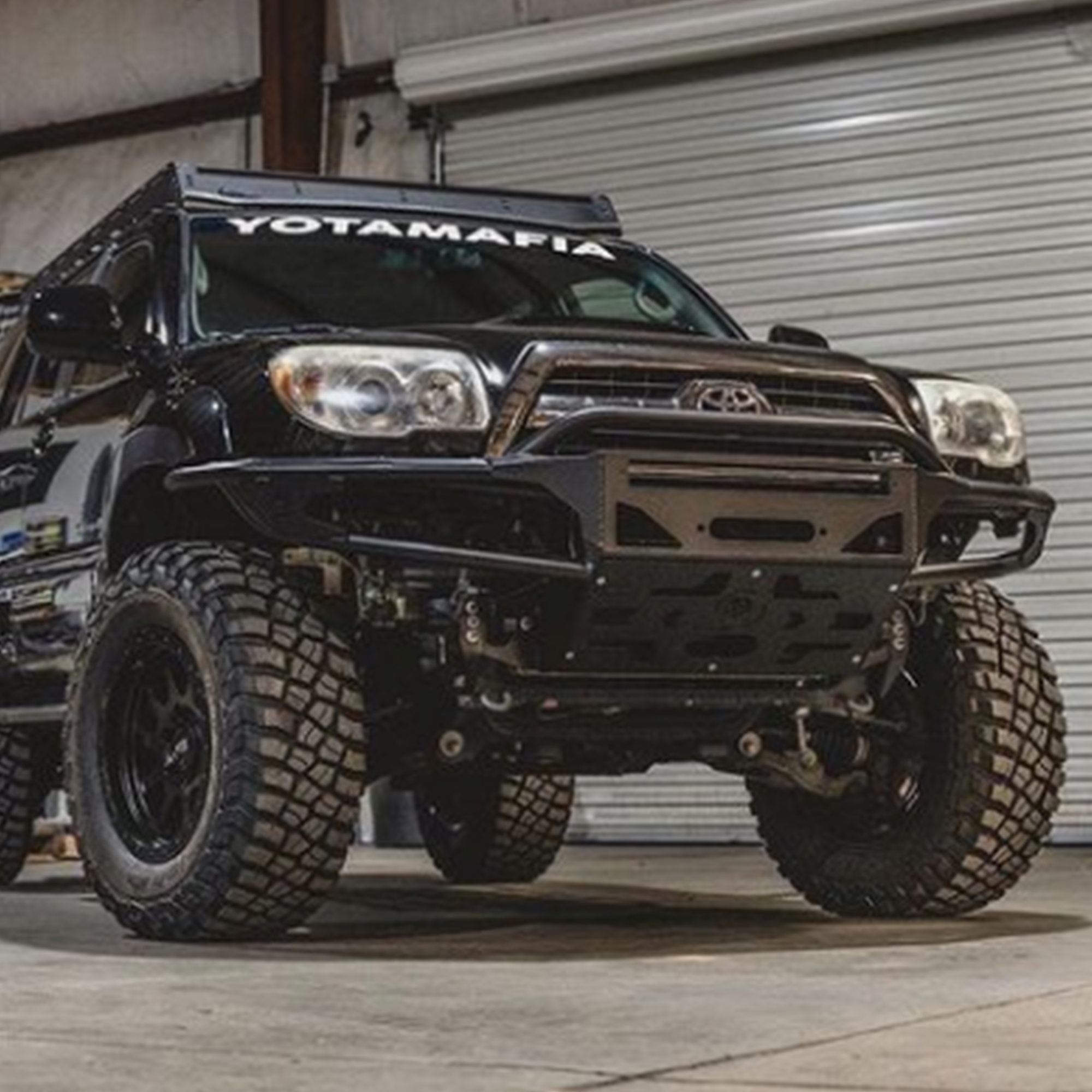
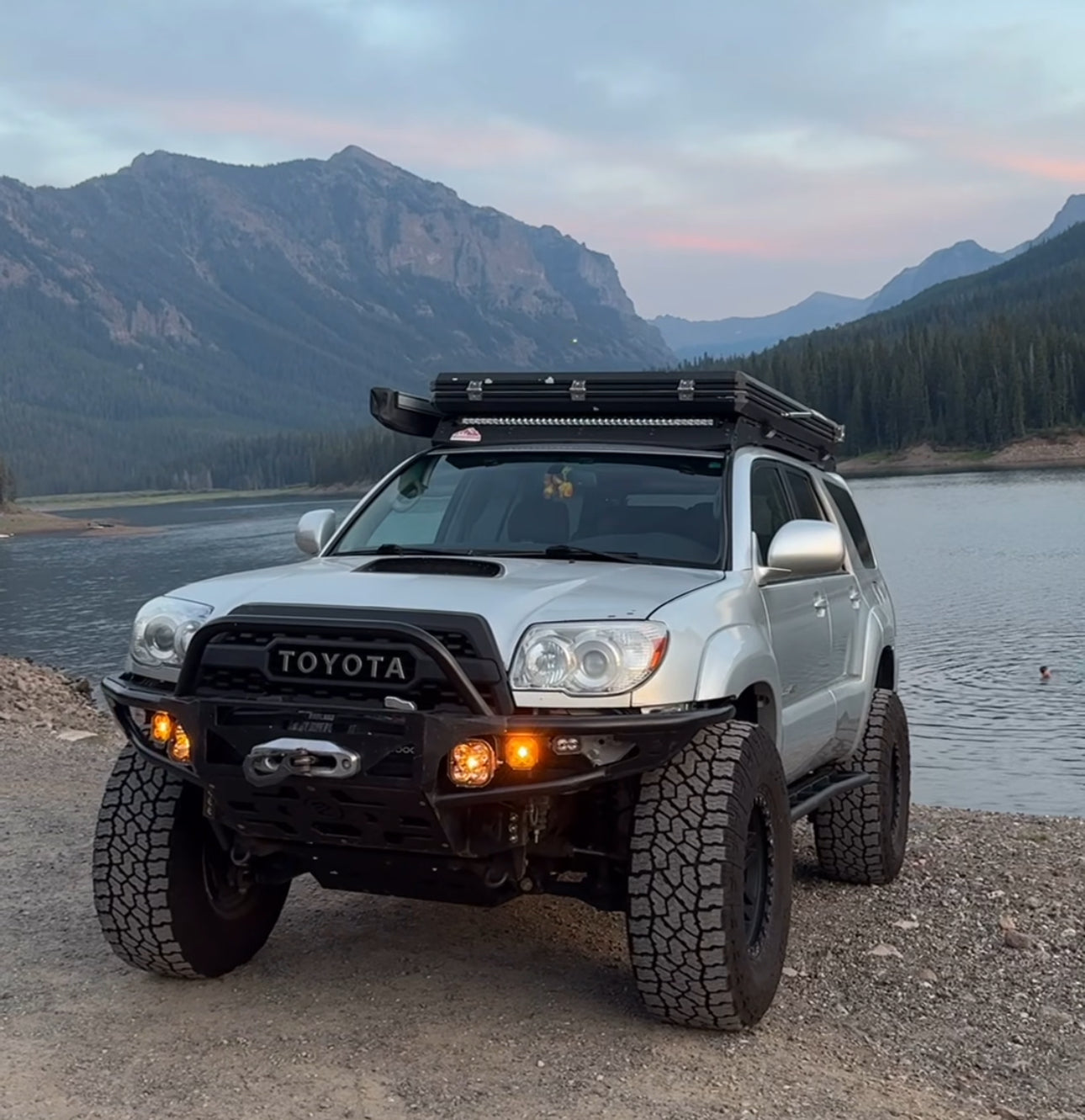
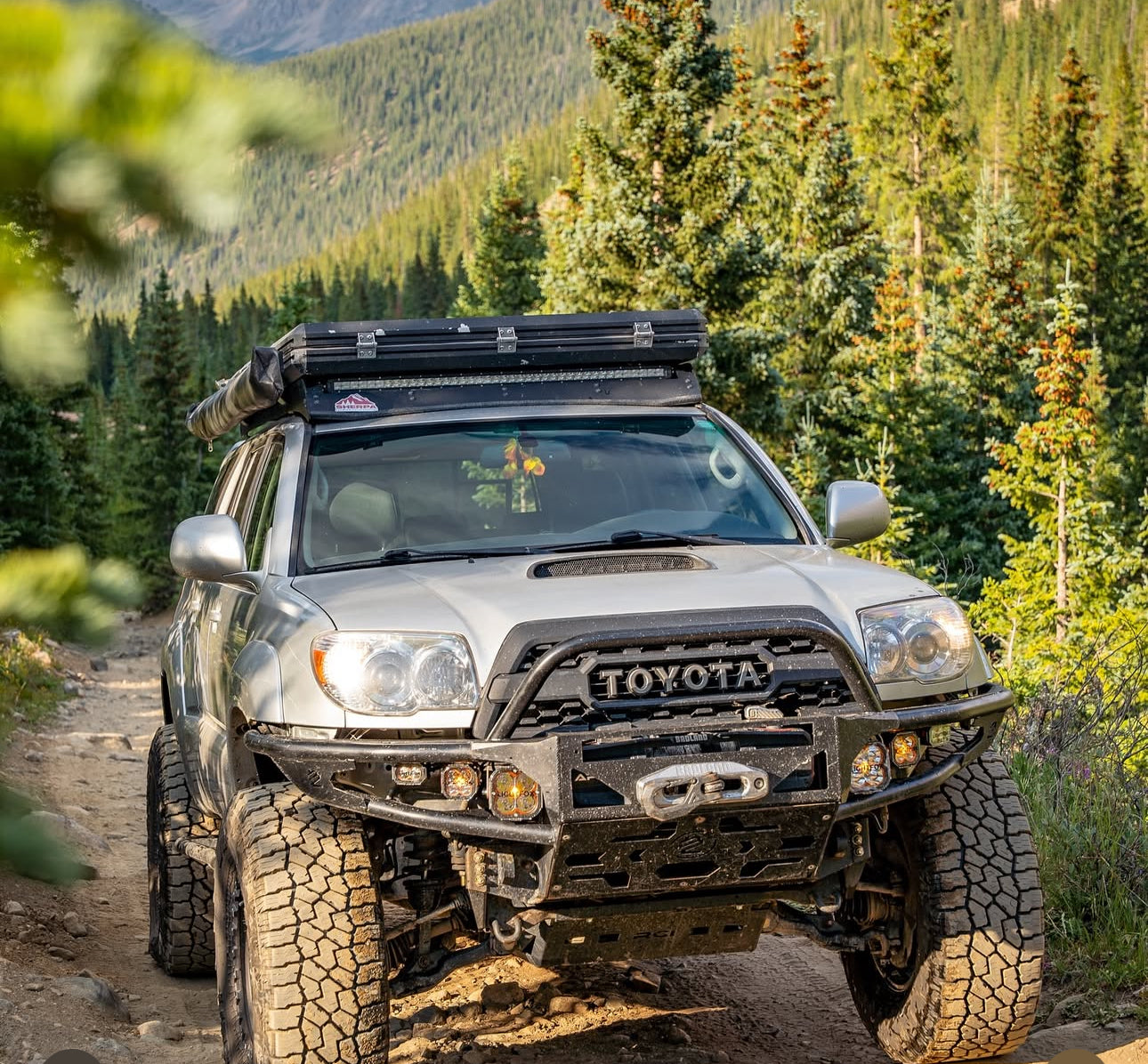
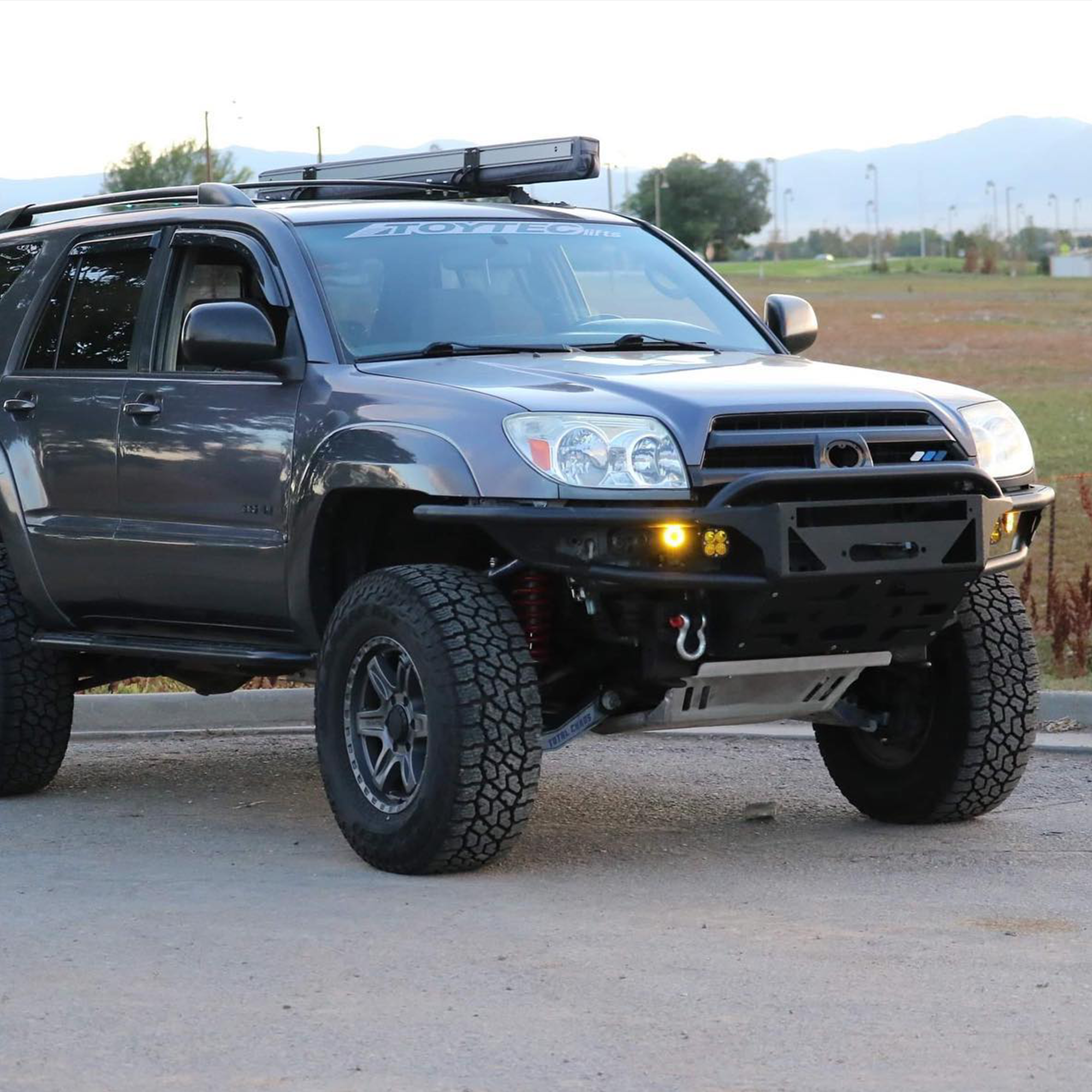
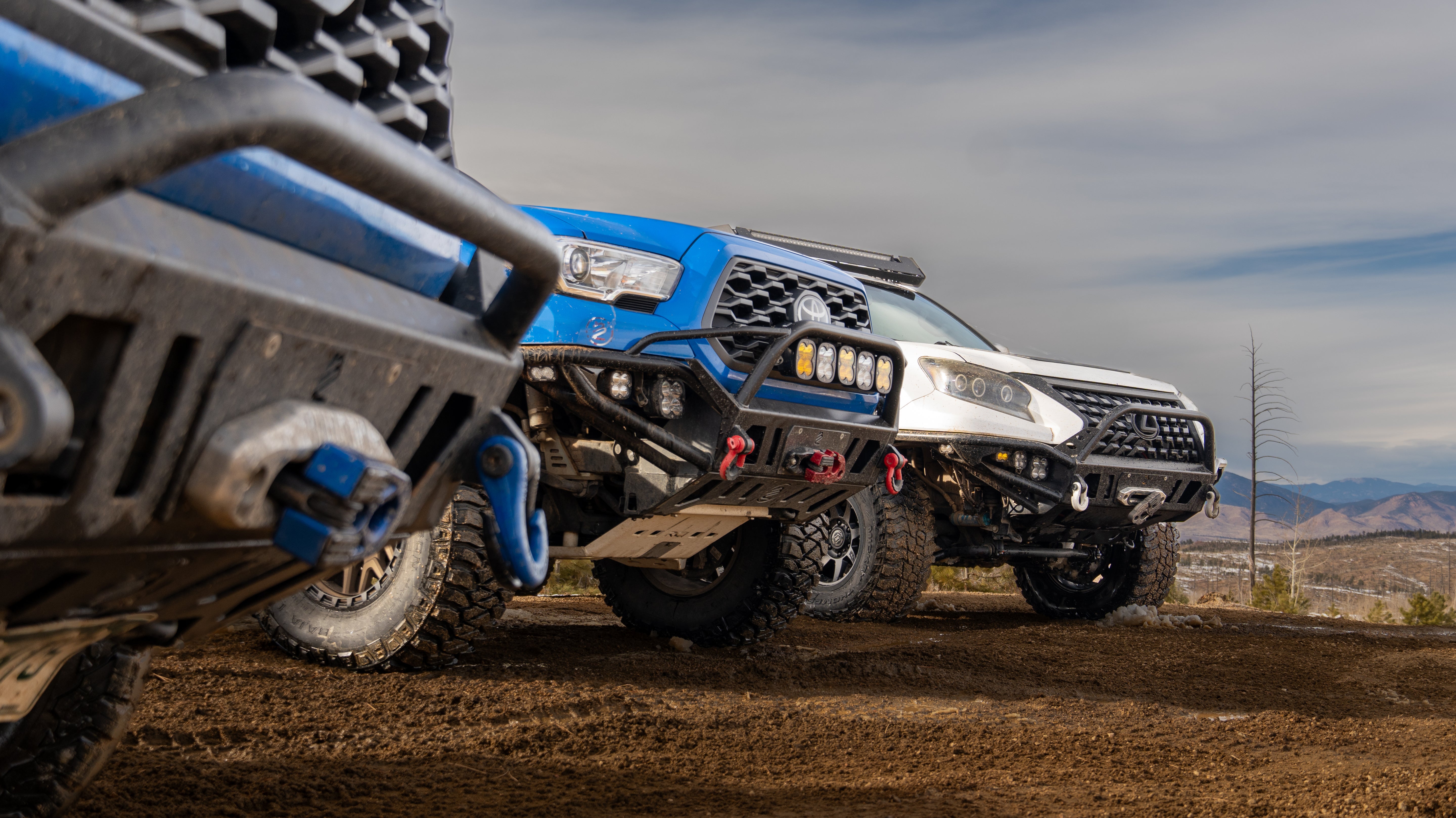
Share:
5 Reasons to Upgrade Your Toyota Rear Bumper
Understanding the Costs Behind Toyota Tacoma Bumper Replacement